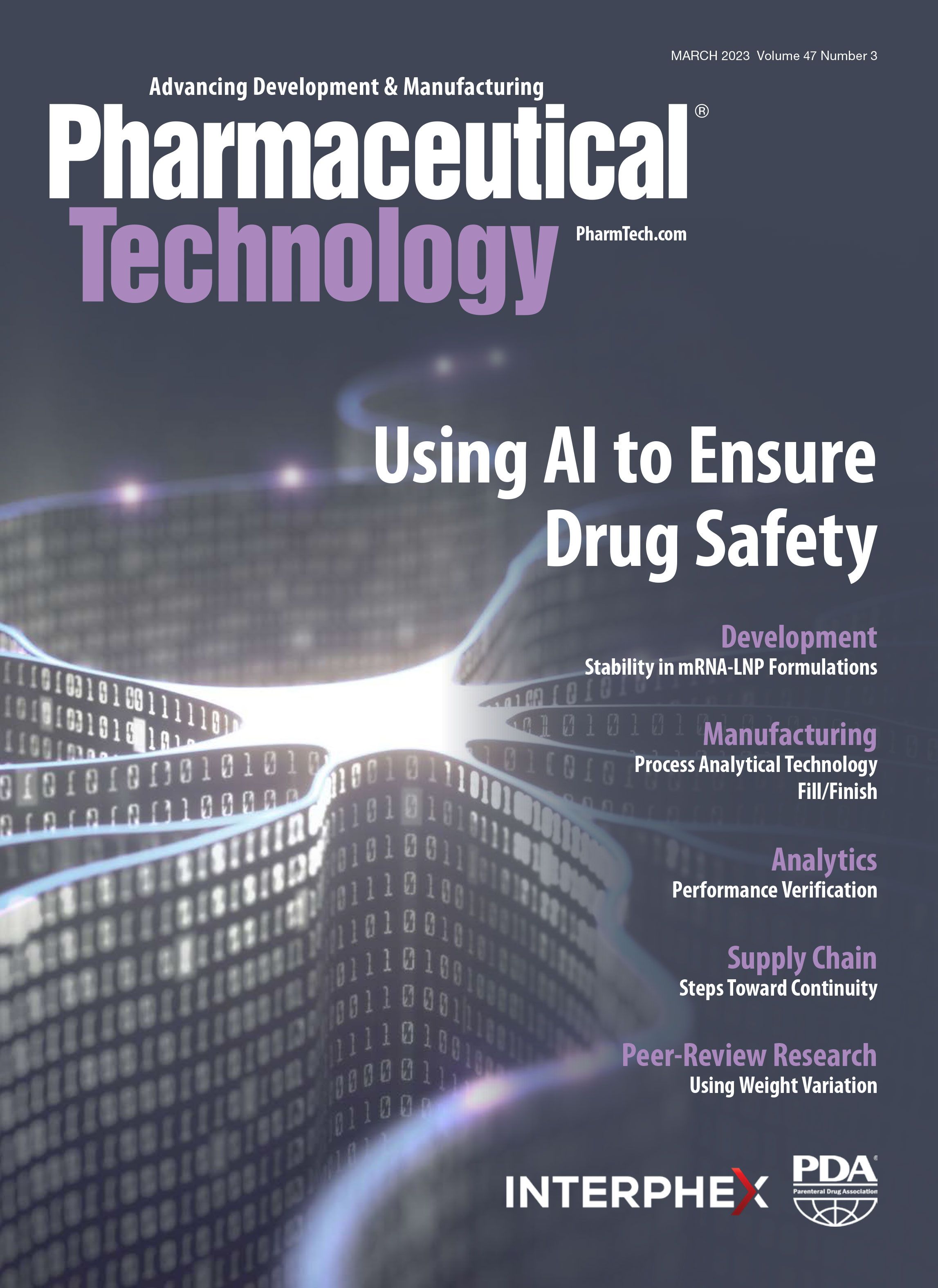Securing the Supply Chain with Good Distribution Practices
Good distribution practices ensure appropriate physical storage, distribution, and supply chain security, says Siegfried Schmitt, vice president, Technical, at Parexel.
Q. We are a manufacturer of pharmaceutical drug substances and drug products. We understand that good manufacturing practices (GMP) apply, but we have now been informed that the good distribution practices (GDP) apply too. Can you explain why?
A. It is correct that GDP applies to your operations as GDP covers the transport and storage (in transit) of raw materials, intermediates, excipients, drug substances (DS), and drug products (DP). Even if you are not the responsible party for shipping your DS and DP (perhaps because you are a contract manufacturer), you will most certainly receive raw materials, intermediates, or excipients from your suppliers. It is your responsibility to assure these have been shipped and stored in accordance with the specifications, such as temperature and humidity.
You may ask: when were the GDP regulations put in place, given that the GMP regulations were published decades ago? They were already part of the GMP regulations under the title of holding and distribution of DS and DP. However, the regulators realized securing the supply chain required more specific regulatory guidance and oversight (e.g., US Food and Drug Administration’s Safety and Innovation Act [FDASIA] of 2012) (1).
The aims of GDP go beyond assurance of appropriate physical storage and distribution; they also cover supply chain security (i.e., the prevention of theft or the introduction of falsified [counterfeit] medicines). For that reason, you need to be familiar with and adhere to the requirements of the relevant regulations applicable to you. In Europe, this is Directive 2011/62/EC, the “Falsified Medicines Directive” published in 2011 (2). In 2016, Commission Delegated Regulation (EU) 2016/161 was published, laying down detailed rules for DP safety features, particularly serialization (3).
As a purchaser of goods that impact the quality of the DS or DP, or as the party responsible for shipping DS or DP, you need to assure compliance with the GDP regulations. That means that you need to have technical/quality agreements in place with your suppliers and that you need to have appropriate oversight, including supplier audits. Such oversight can include the review of dataloggers from the shipment, checks that seals on the vehicles are undamaged, to name some of the routine activities. Much more detail on goods receipt verification can be found in Good Distribution Practice: A Handbook for Healthcare Manufacturers and Suppliers (4). To determine what type of audit will be required, you need to assess the criticality of the shipment (i.e., the material shipped [e.g., its value]), the shipping route (e.g., wide temperature variations), the transport company (e.g., specialized in pharmaceutical shipments or not), and the logistics provider. The resulting audit requirements can range from performing a search of publicly available information to an on-site audit.
The GDP regulations are often so embedded in the regulatory framework of a jurisdiction that the term GMDP for Good Manufacturing and Distribution Practices has become commonplace, as in the European Union’s GMDP database (5).
References
- FDA. Food and Drug Administration Safety and Innovation Act (FDASIA). FDA.gov (accessed Feb. 1, 2023).
- Directive 2011/62/EU of The European Parliament and of the Council. Official Journal of the European Union. June 8, 2011.
- Regulations Commission Delegated Regulation (EU) 2016/161 Of 2 October 2015. Official Journal of the European Union. Oct. 2, 2015.
- PDA. Good Distribution Practice: A Handbook for Healthcare Manufacturers and Suppliers, ed. Schmitt, S. 2019, www.pda.org.
- EMA. Human Regulatory. EudraGMDP Database. ema.europa.eu (accessed Feb. 1, 2023).
About the author
Siegfried Schmitt is vice president, Technical, at Parexel.
Article details
Pharmaceutical Technology
Vol. 47, Number 3
March 2023
Page 50
Citation
When referring to this article, please cite it as Schmitt, S. Securing the Supply Chain with Good Distribution Practices. Pharmaceutical Technology 2023 47 (3).
